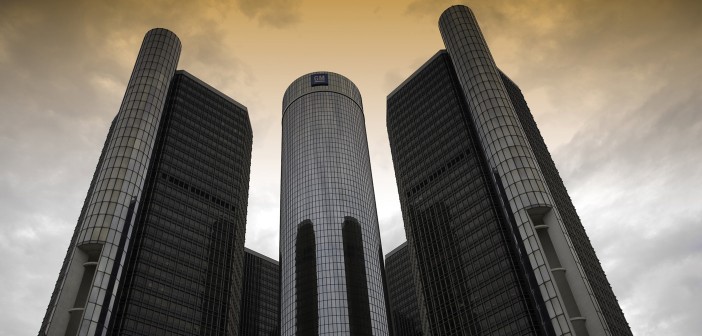Over the last 50 years, General Motors lost more than half of its market share. The rank-and-file workers aren’t to blame for this. Instead, they were let down by their leadership.
The average price of a new car in 1980 was the equivalent of 37 percent of a worker’s average yearly income. For such a large purchase, consumers are going to be sensitive to quality issues, and GM had significant quality problems. According to JD Power & Associates, a new GM car averaged 7.4 customer complaints, compared to 1.9 complaints for Toyota’s vehicles. Warranties on new cars were for one year/12,000 miles, so these problems often didn’t materialize until the warranty had expired, making them the consumer’s problem. Without these quality problems, it is unlikely that consumers would have left GM. A car is simply too large a purchase to take that risk and GM was ingrained in American culture.
GM executives were not responsive to consumer concerns because they didn’t feel they had to be; executives simply believed GM would dominate the market forever. So instead, execs pursued disastrous initiatives such as overpaying for Hughes Aircraft in 1985. Market share steadily fell and GM nearly went bankrupt during the 1991 recession. GM was granted a reprieve by record low gasoline prices and the SUV craze of the late 1990s, which caused its profits to soar. However, this only covered up the underlying issues that would eventually bankrupt the company.
Productivity was an issue for GM – in 1980, it took the company double the amount of labor hours than Toyota to assemble a car. People often criticize the UAW for this but fail to realize that Toyota, while operating the New United Motor Manufacturing, Inc. (NUMMI) plant in California, was able to achieve Toyota’s productivity with GM’s unionized workforce. GM executives, given their dominance in the auto market, never saw the need to emulate these techniques until it was too late.
UAW leadership bears some responsibility for GM’s decline. In 1998, it initiated a disastrous strike in Flint that cost GM $2 billion in profits at a time when profits and market share were rising. Union leadership fought the new flexible manufacturing techniques being implemented at the Saturn Plant in Spring Hill, TN. These techniques would have provided benefits to other GM plants just when they were needed the most. Rather than focusing on quality issues, union leadership fostered an adversarial relationship with management over wages, benefits, employment levels and work rules. As one former UAW local president put it in an article in Bloomberg, “The UAW should have used its power to stop GM from shipping defective cars instead of forcing it to hire unneeded workers.”
The good news is that GM quality and productivity are currently on par with its foreign competitors. The bad news is that GM market share continues to decline due to bad feelings from the government bailout and memories of quality problems persisting amongst consumers. Regaining lost sales and market share will be a challenging task.








